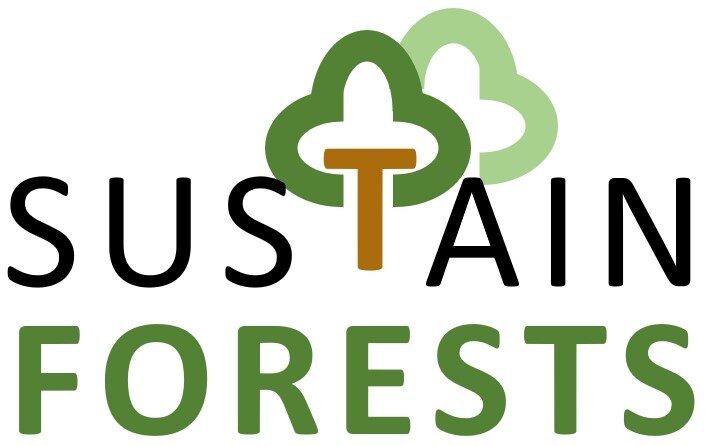PhD project: The ecology and conservation of forest patches in West Africa – tree species richness and aboveground biomass
Samuel Hepner
Tropical forests are being cleared worldwide; in West Africa in particular, deforestation is taking place at an alarming rate. However, deforestation is often incomplete, and forest patches remain unprotected in the agricultural landscape. It is unclear why these forest patches still persist, resisting disturbances like land use change, climate change or forest fires. Aboveground biomass (AGB) is an important indicator of the integrity of a forest. It mirrors the disturbances, the resilience, and the type of forest management, and it is particularly relevant regarding the carbon cycle and the global warming. The amount of AGB held in a forest is the result of a complex interplay of social, environmental, spatial and allometric factors and the sustainability of the management. Global AGB estimates have a coarse spatial resolution and the limited ground truthing makes them inaccurate for small-scale forest patches. Plot-based case studies focus mainly on large, protected forest reserves and are rare in West Africa.
Therefore, this study addresses the fundamental lack of knowledge concerning AGB of small forest patches in Togo, Benin, Nigeria, and Cameroon. A systematic literature review, quantitative forest inventories and qualitative surveys aim to disentangle the complexity of the interlinked factors. I expect that the AGB of forest patches depends mainly on the human management. The knowledge generated from this understudied topic and the awareness raised of the unprotected forest patches of West Africa are important steps towards a thorough landscape planning and sustainable management implementations in policies. Preserving forests and its associated biodiversity is an important and low-cost climate change mitigation strategy.
Forest patch, aboveground biomass, tree species, West Africa, sacred forests, forest inventory, social-ecological drivers

